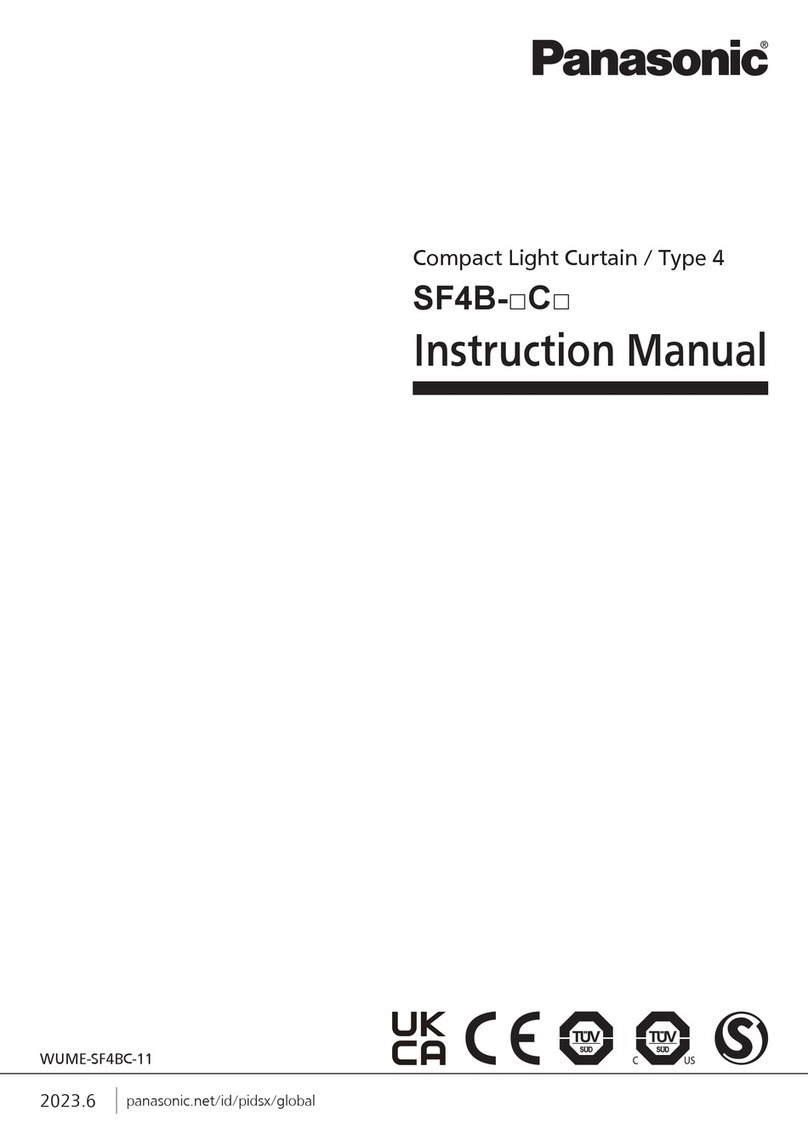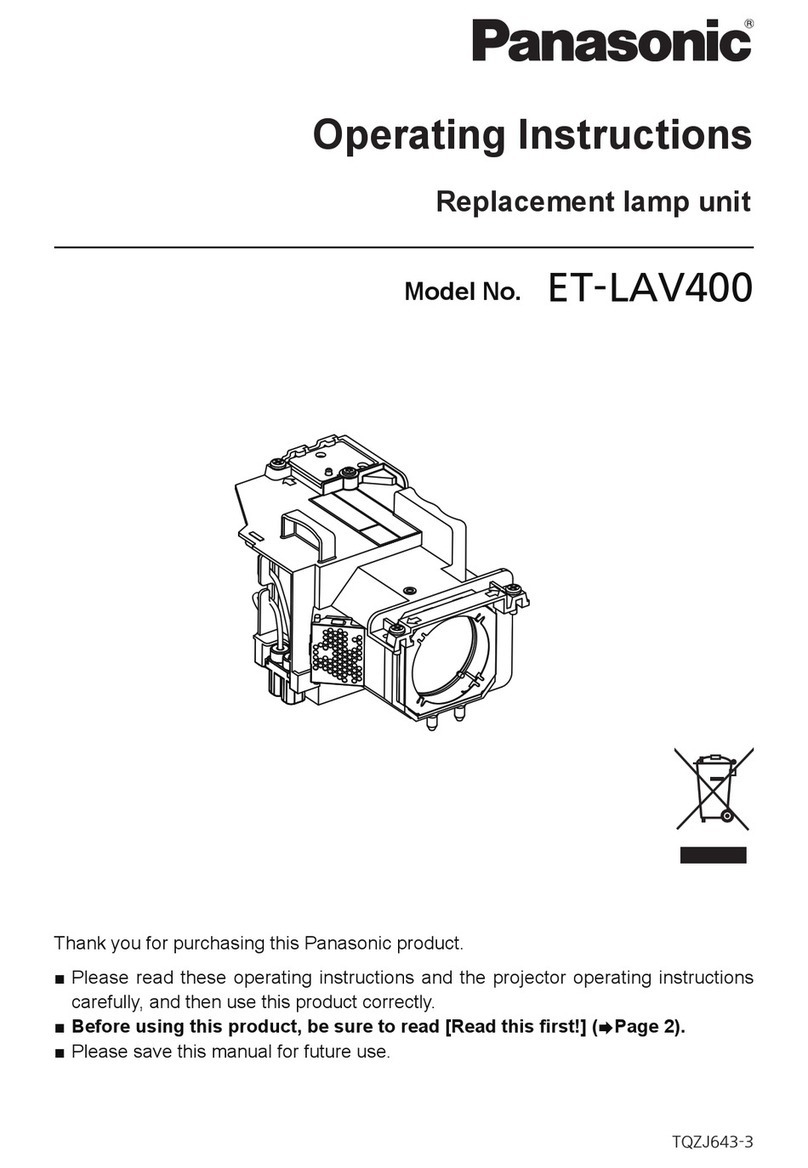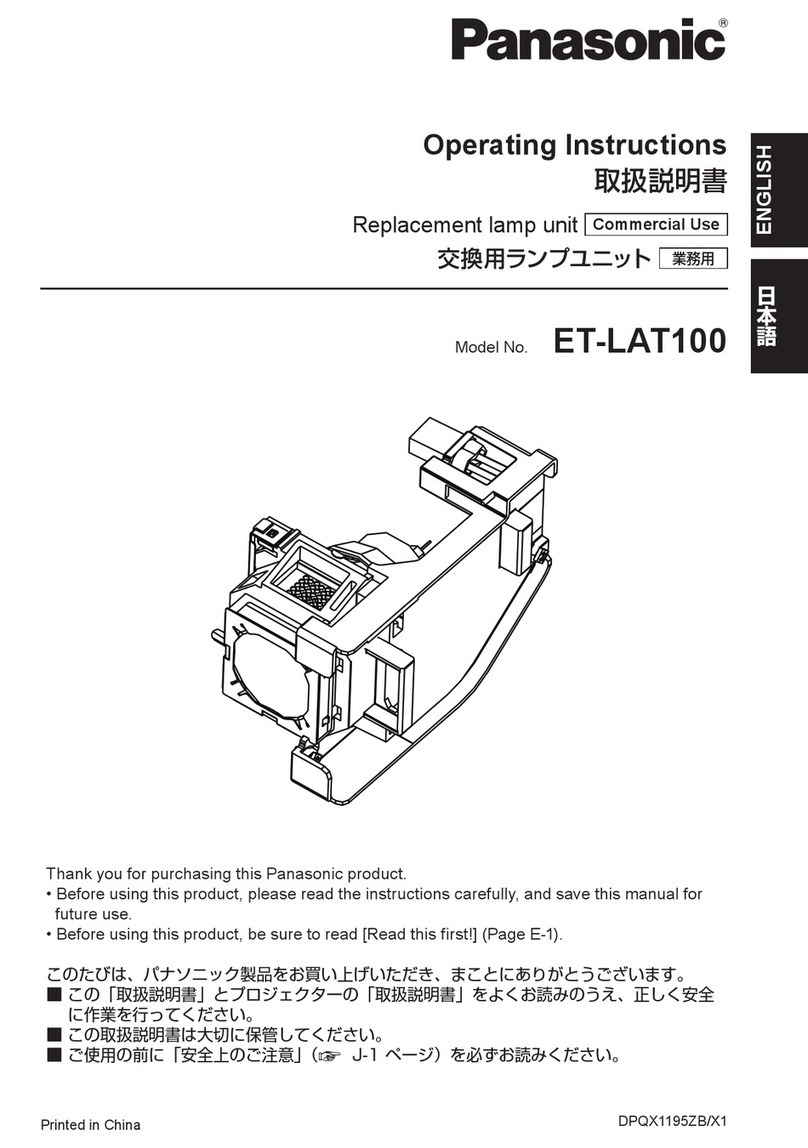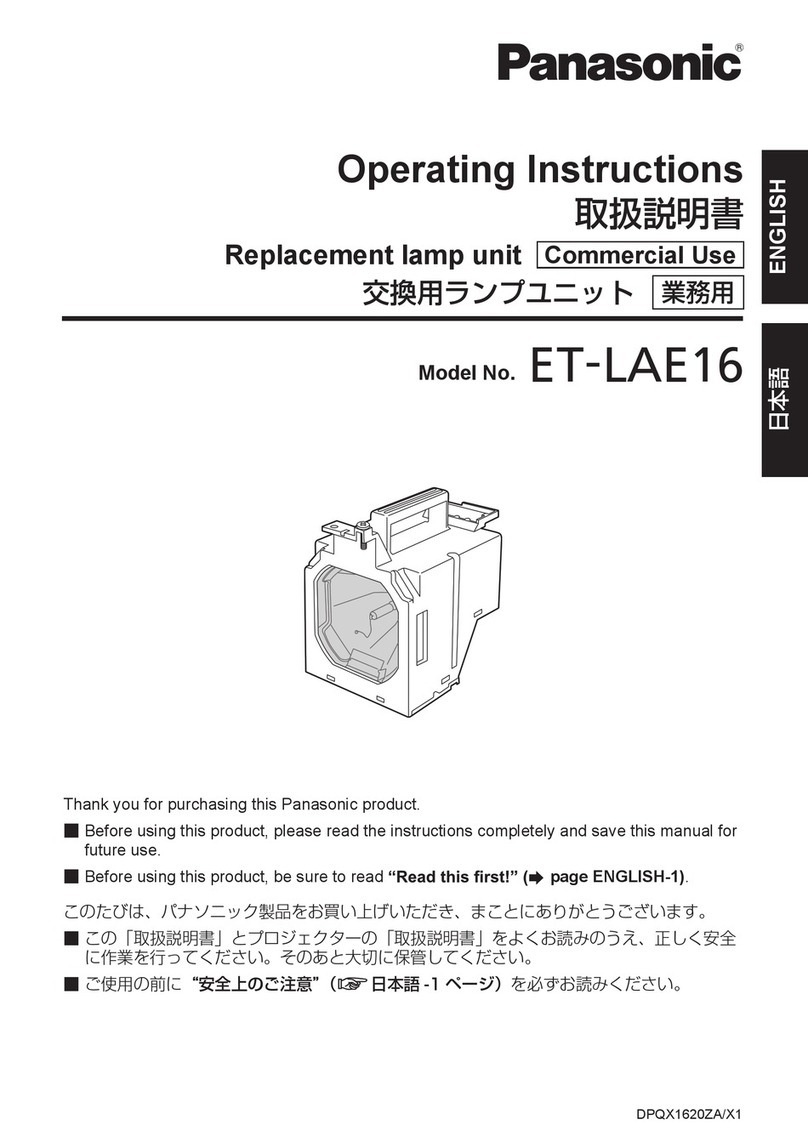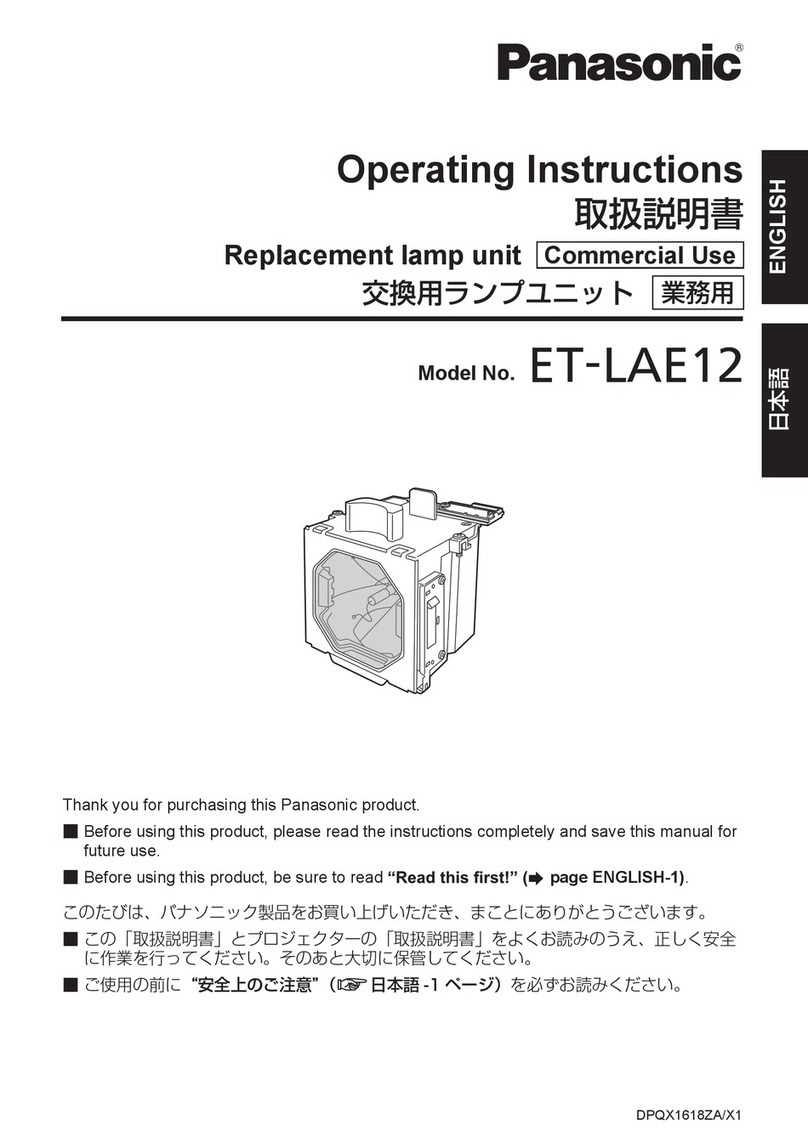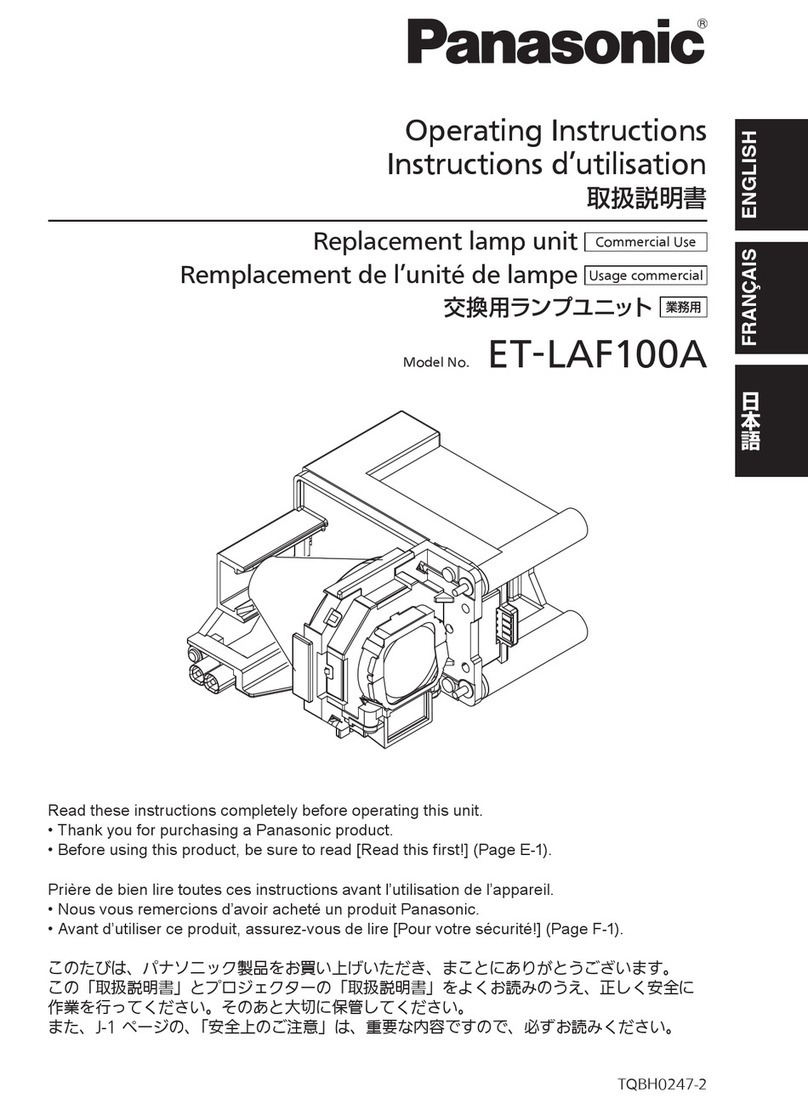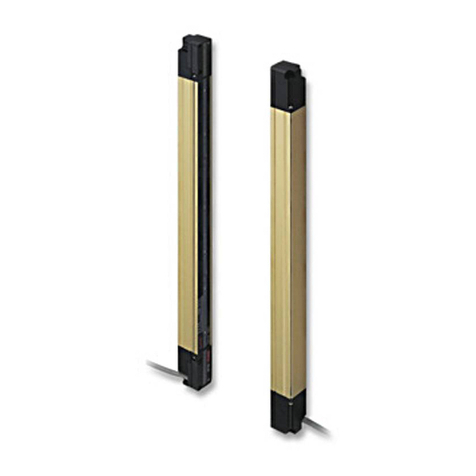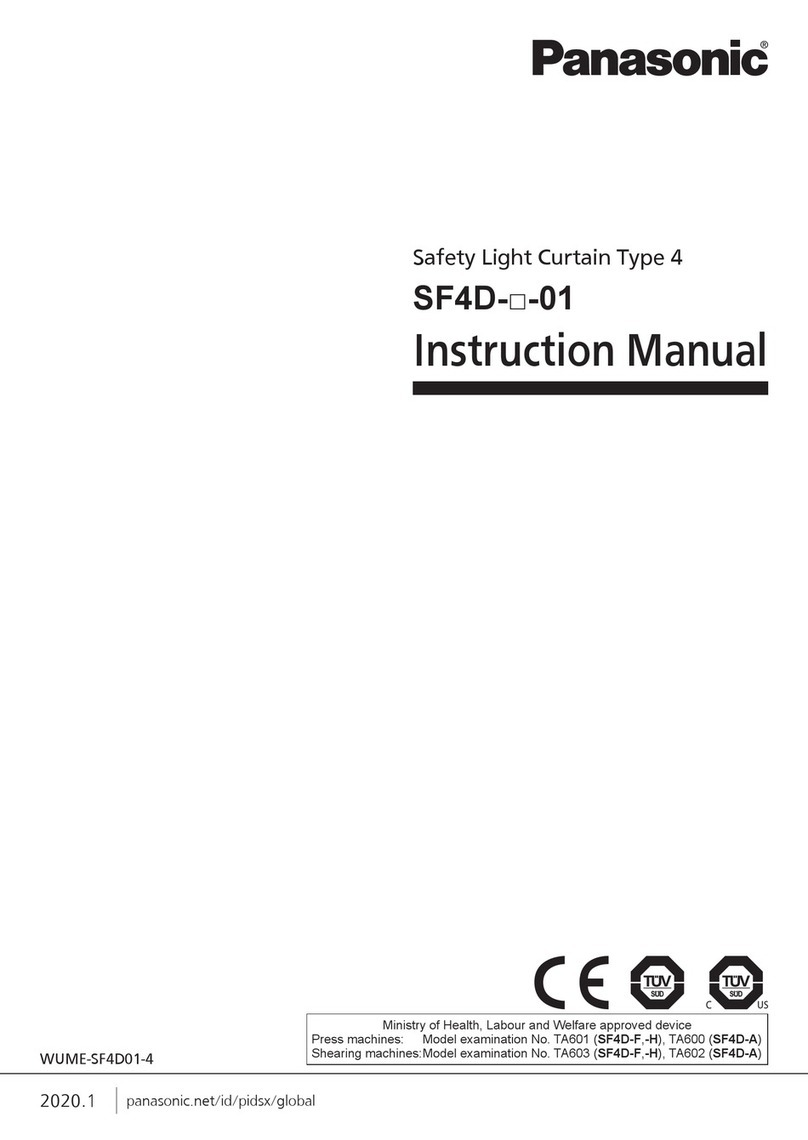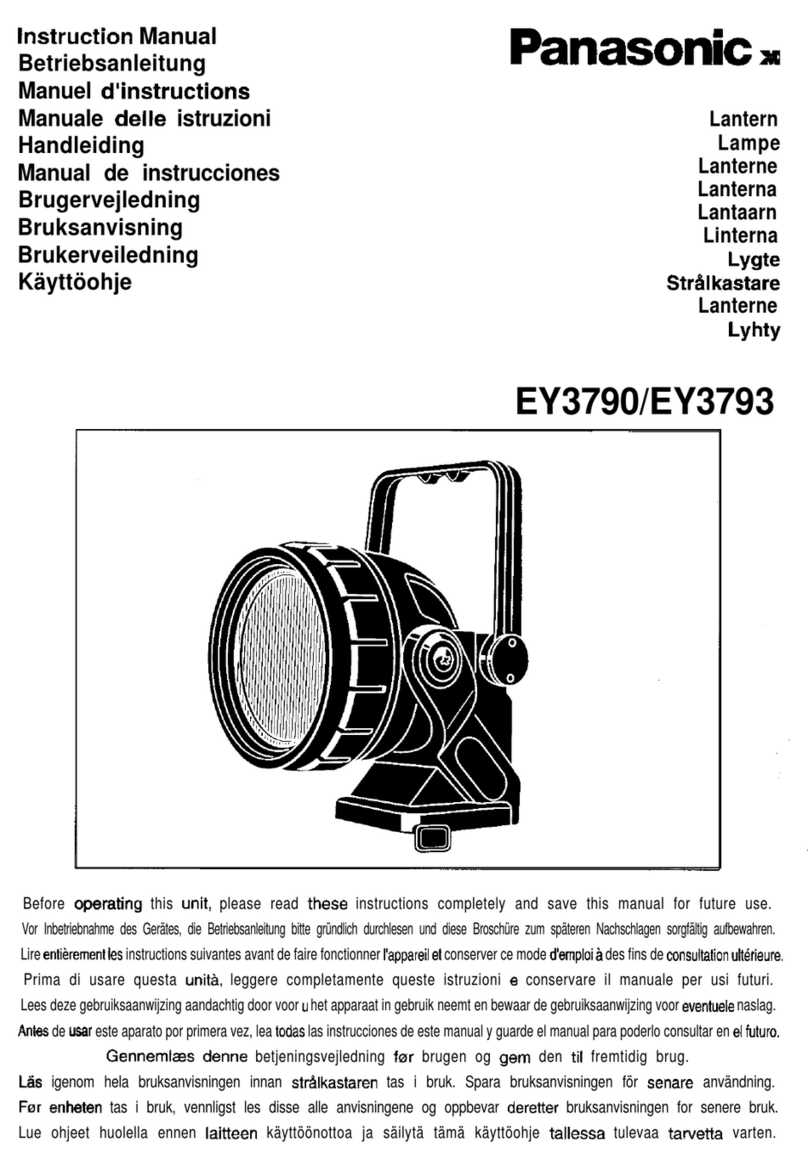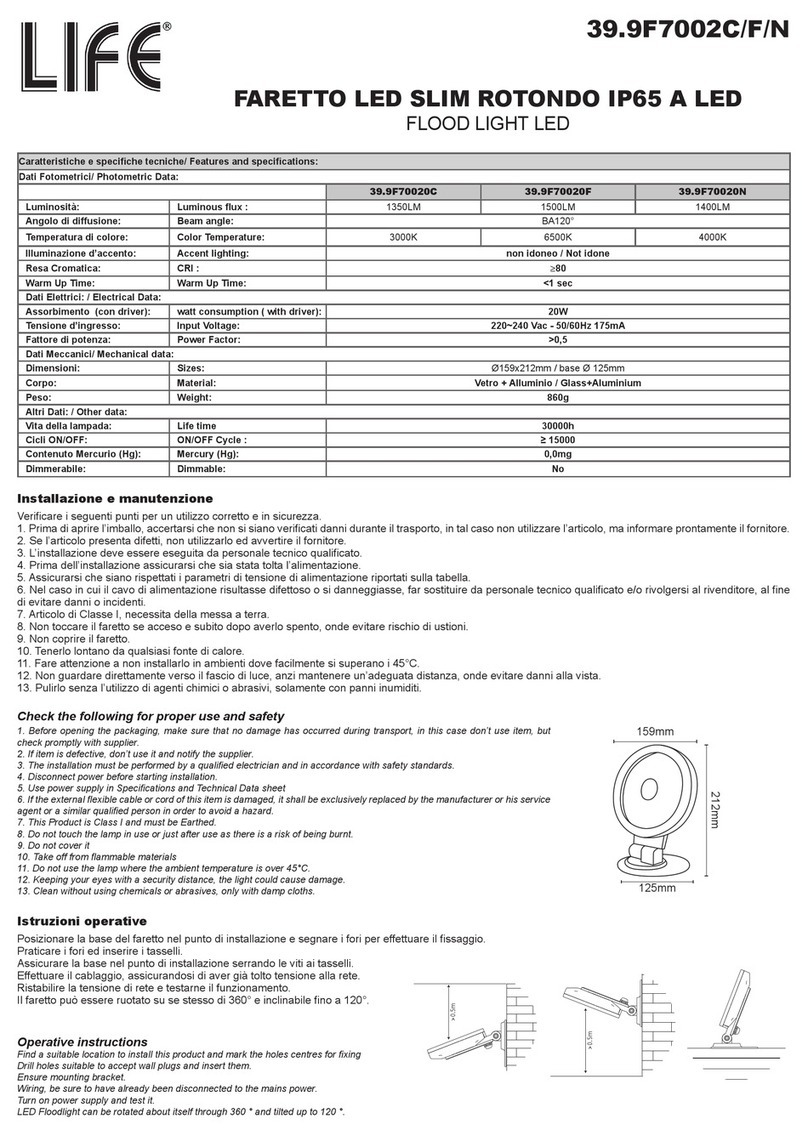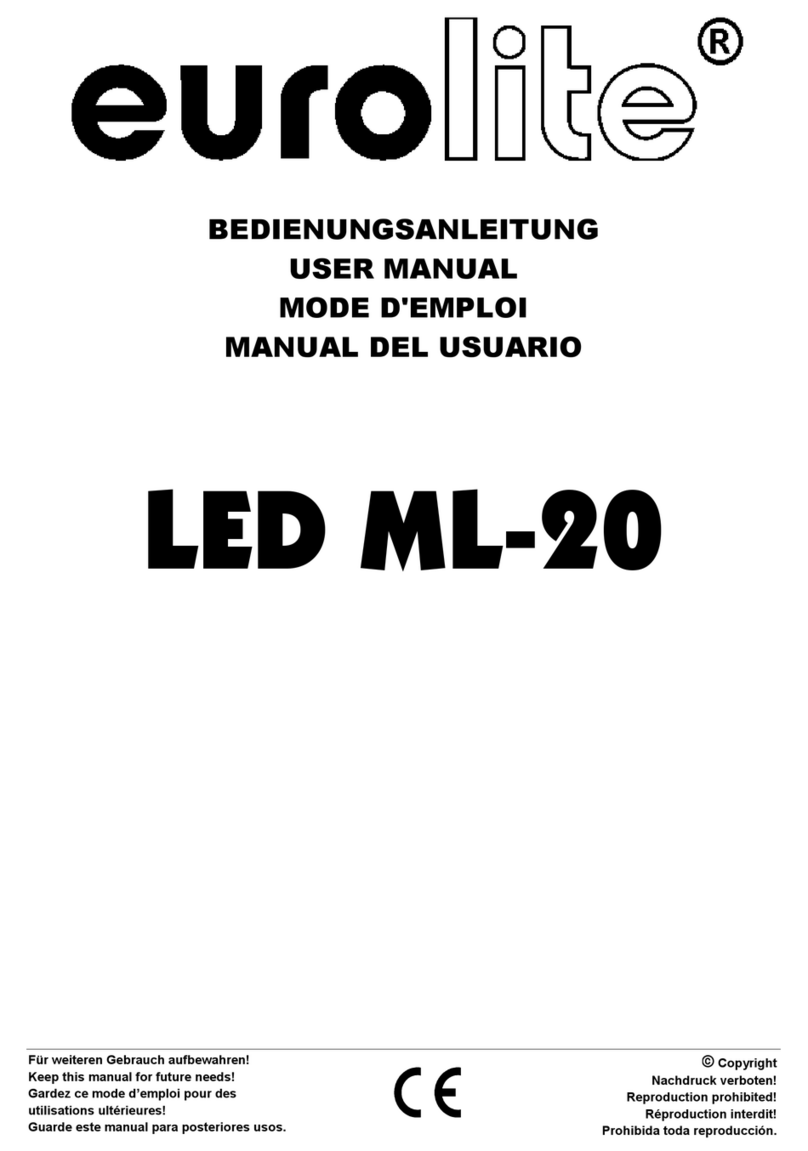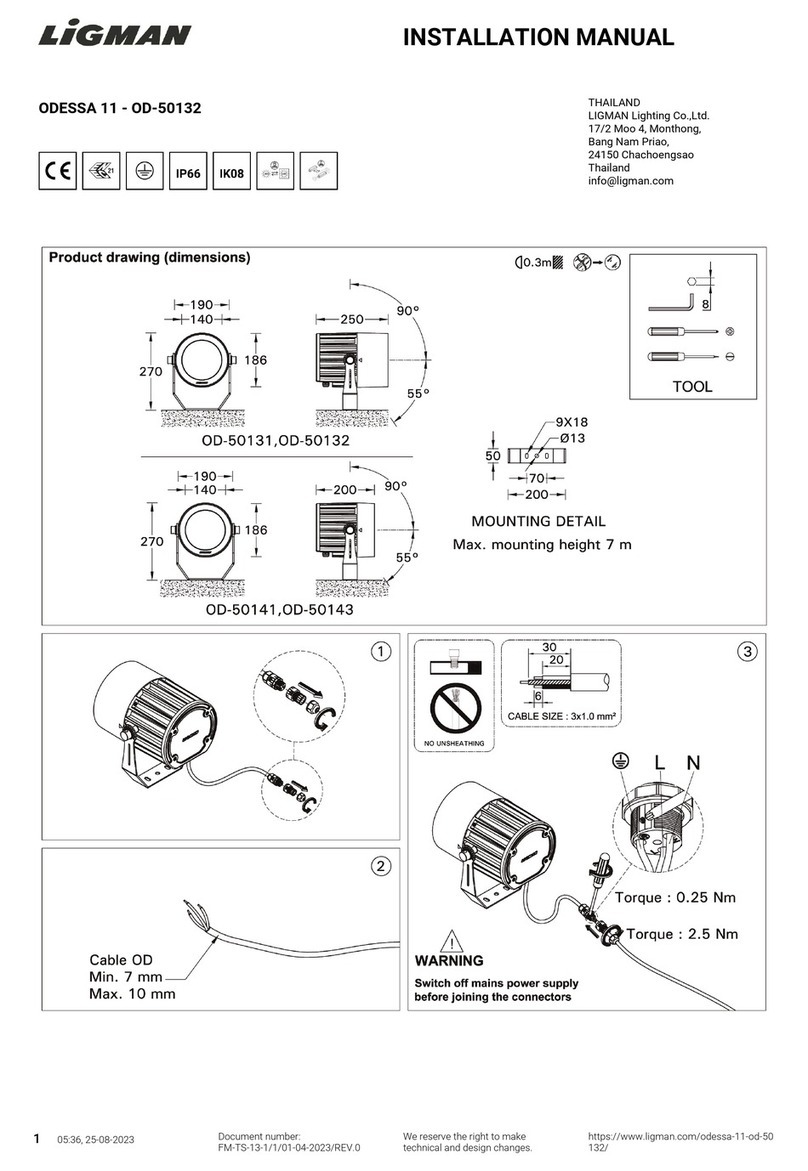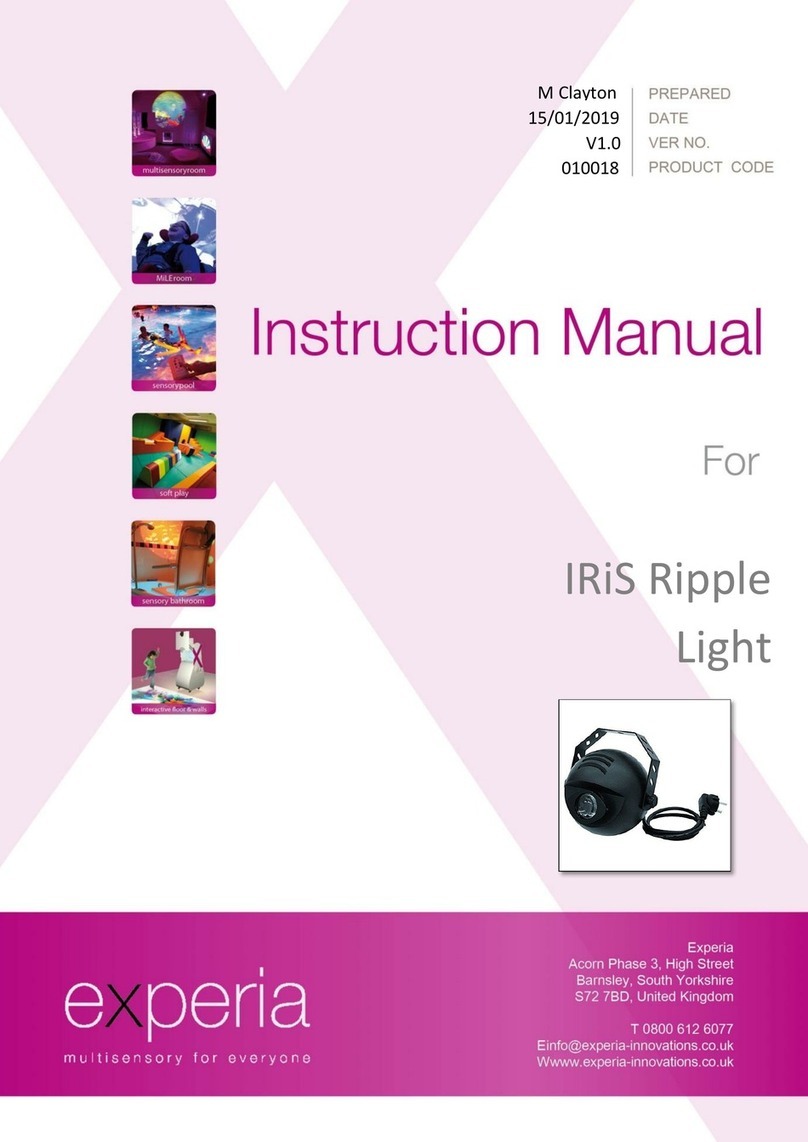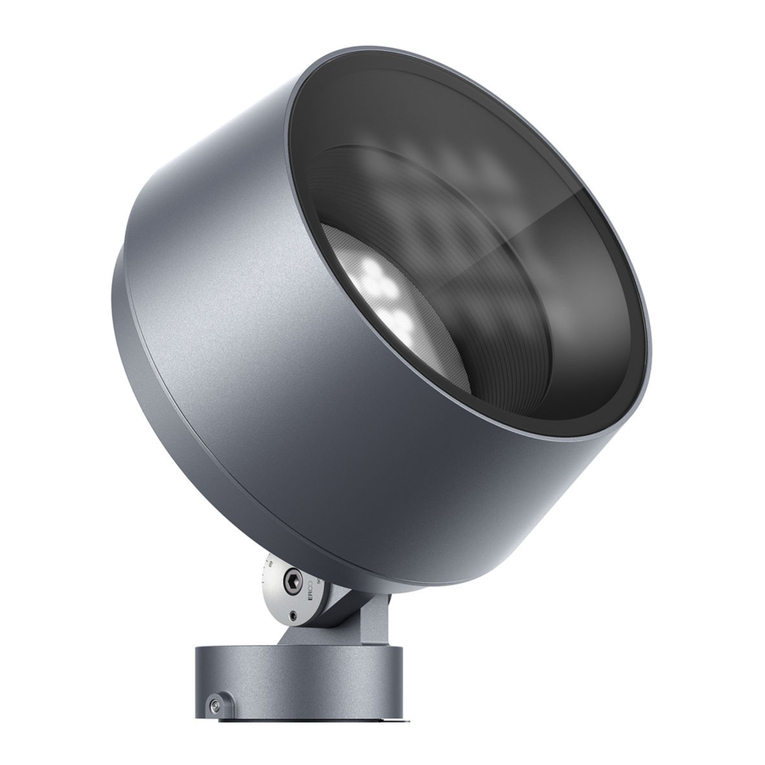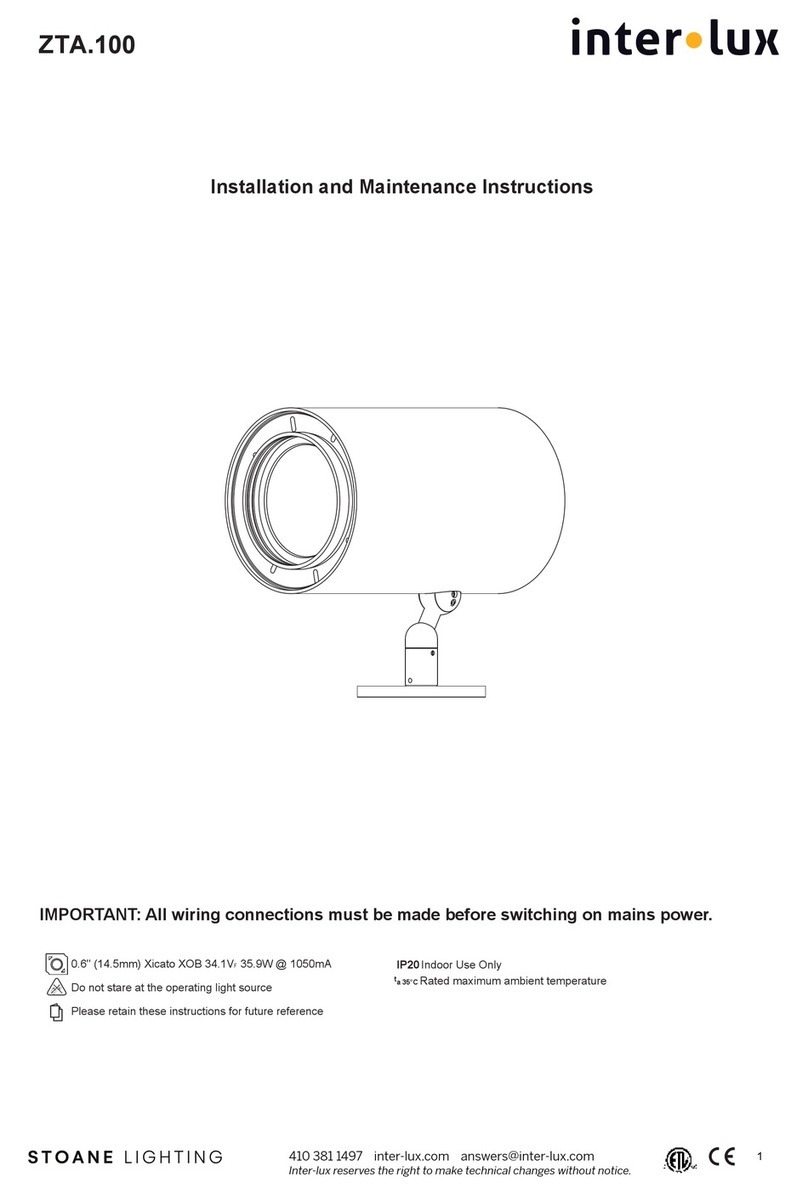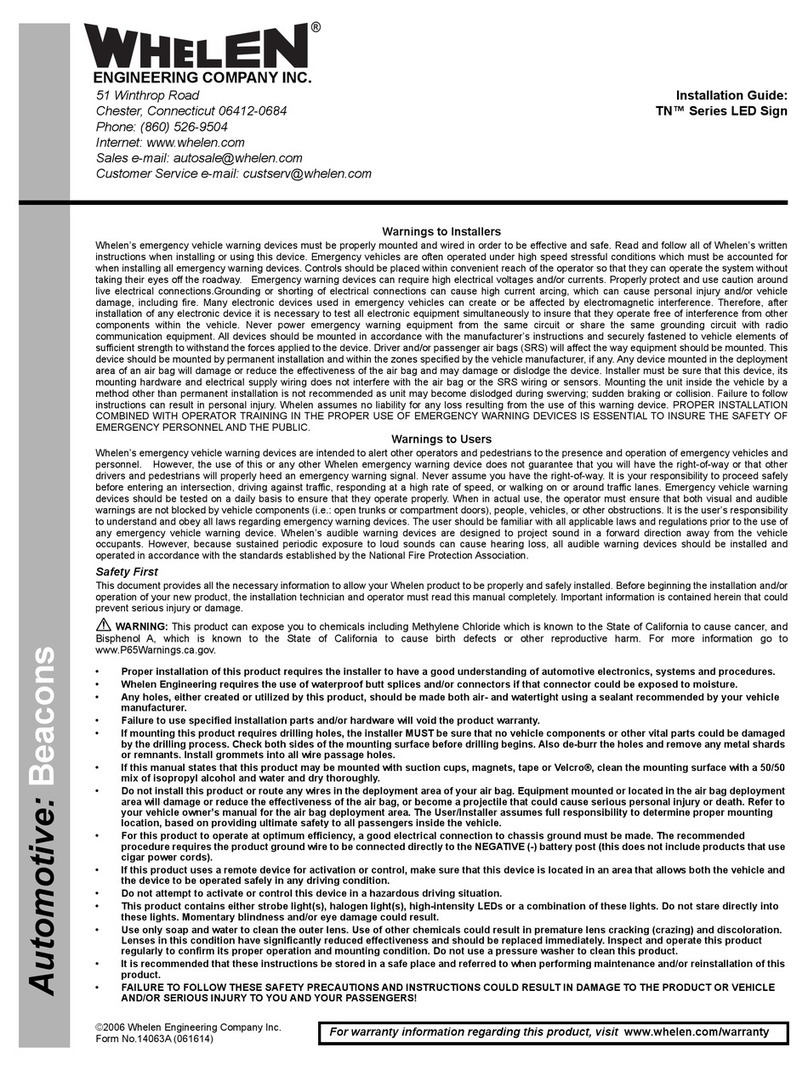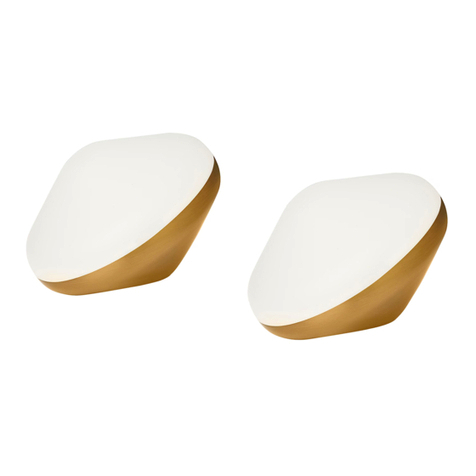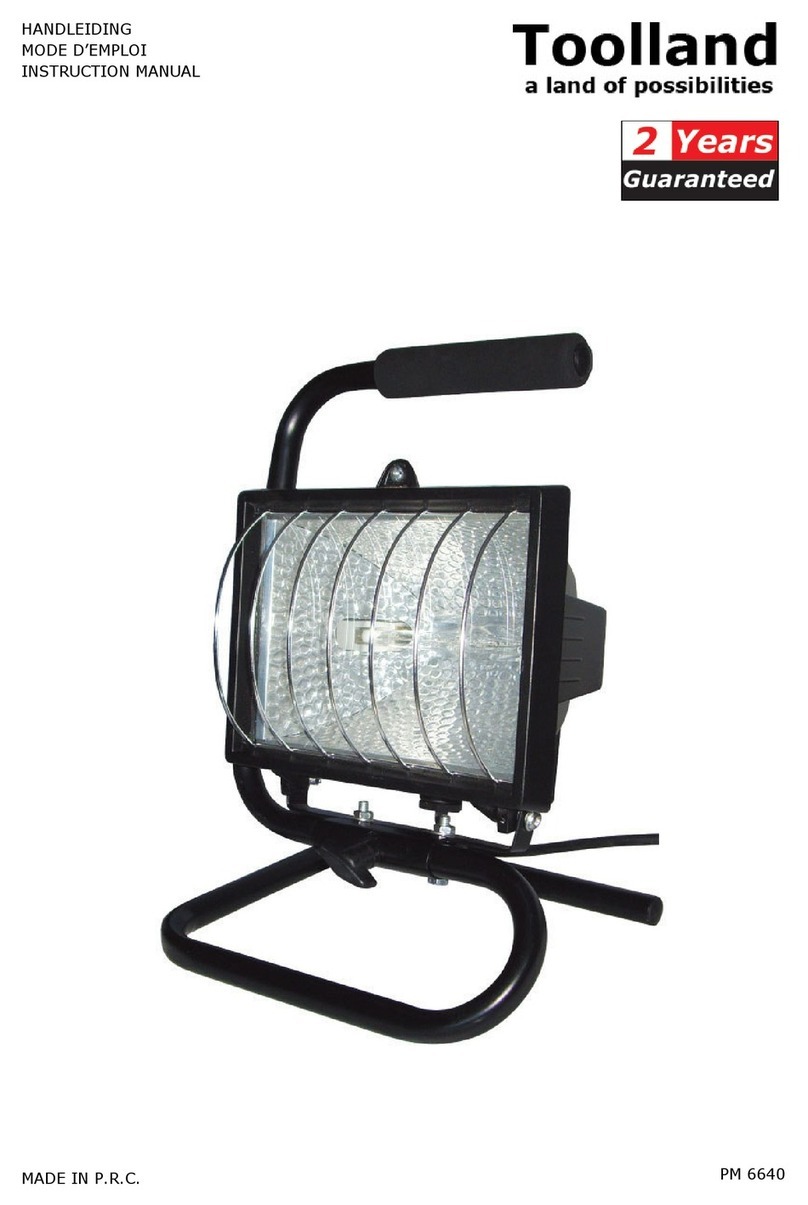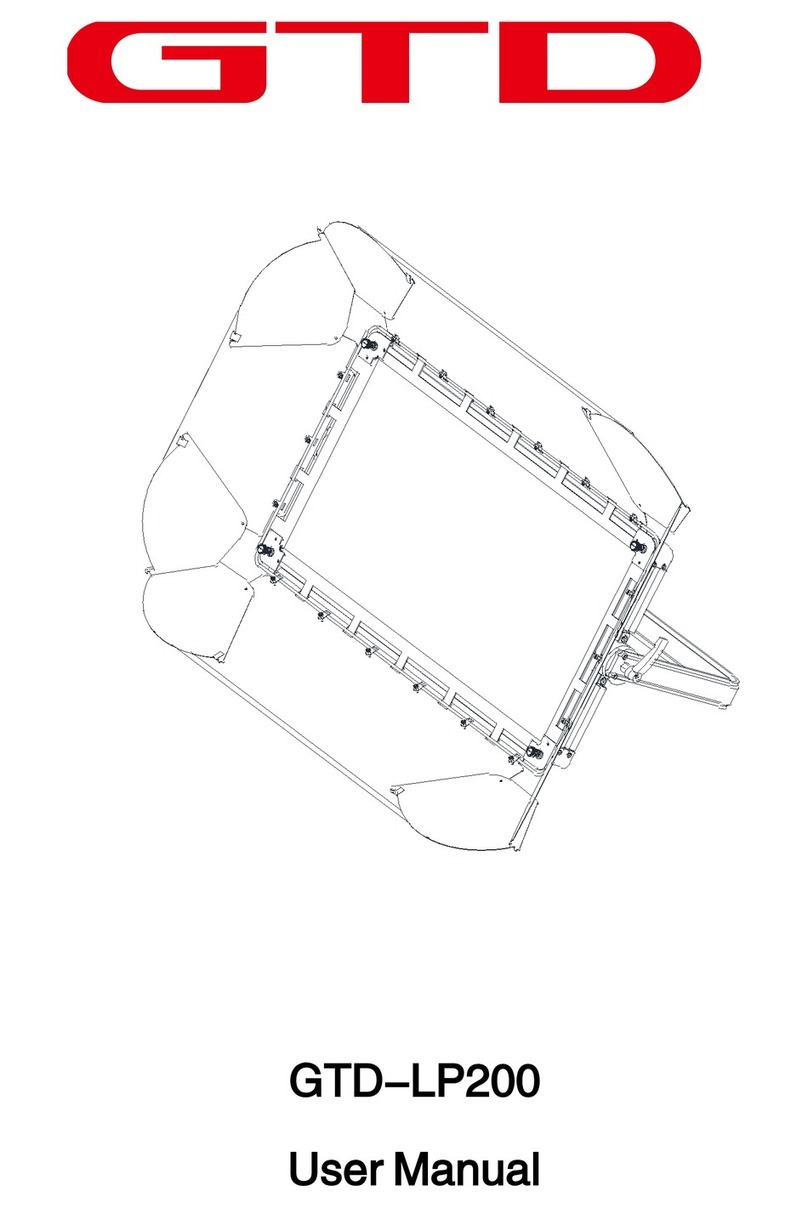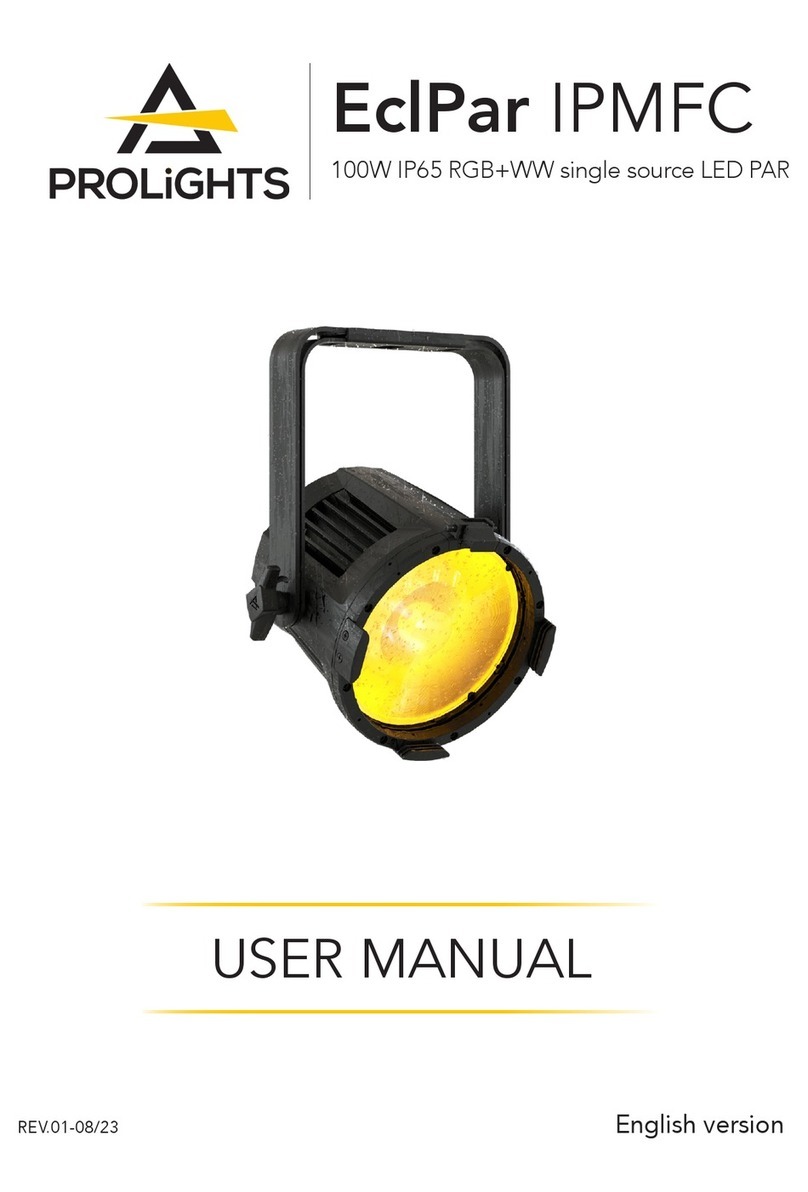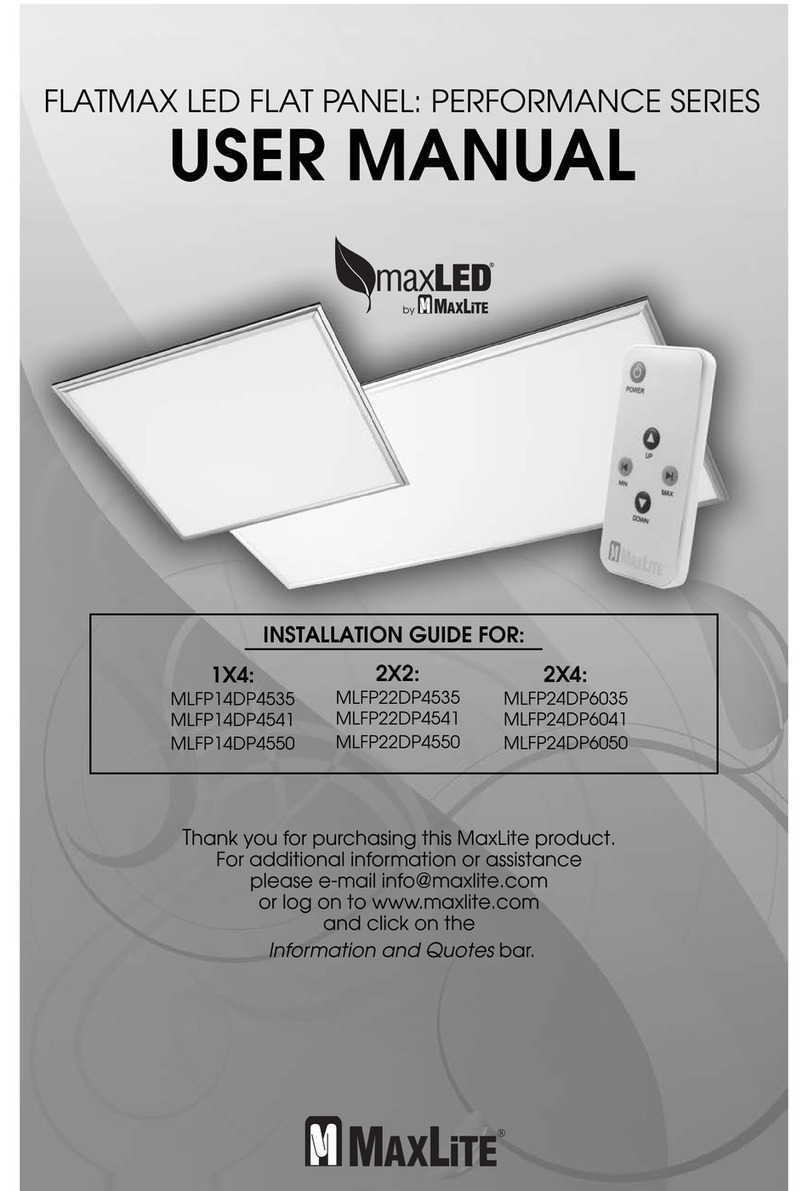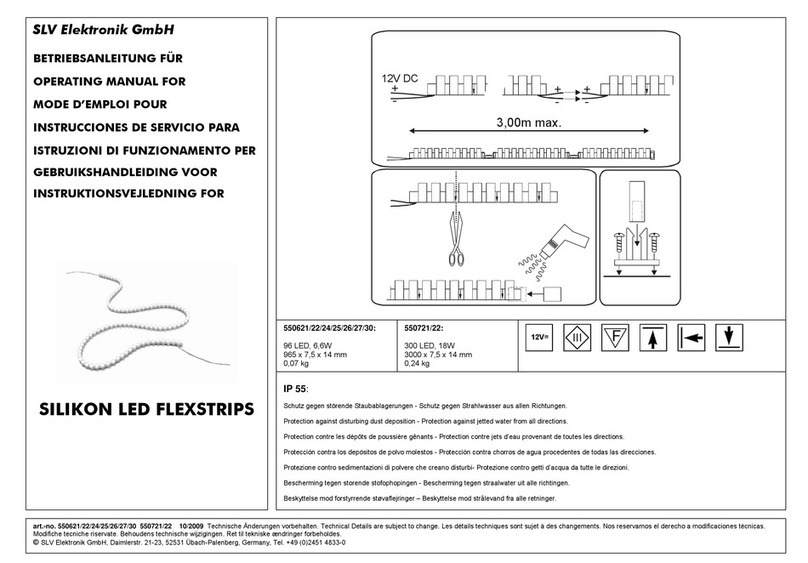
QUICK INSTRUCTION MANUAL
Light Curtain / Type 2
SF2C Series ME-SF2C No.0053-20V
Thank you very much for purchasing Panasonic products. Read this Instruction Man-
ual carefully and thoroughly for the correct and optimum use of this product. Kindly
keep this manual in a convenient place for quick reference.
●
This is an abridged instruction manual simply explains mounting, wiring and etc. Kindly refer
“our web site” when you need more detail of contents.
●Instruction Manuals in the
following languages are published on our Web site.
Japanese, English, Chinese, Korean, German, French, Spanish, Italian, Brazilian Portuguese
• Die deutsche Betriebsanleitung ist auf unserer Website veröffentlicht.
• Le manuel d’instructions français est publié sur notre site web.
•
El Manual de Instrucciones en español se encuentra publicado en nuestro sitio web.
• Il manuale di istruzioni italiano è pubblicato sul nostro sito web.
•
O Manual de Instruções em Português Brasileiro está publicado em nosso Web site.
1SAFETY PRECAUTIONS
● Usethisdeviceasperitsspecications.Donotmodifythisdevicesinceitsfunc-
tions and capabilities may not be maintained and it may malfunction.
●This device has been developed / produced for industrial use only.
●This device is suitable for indoor use only.
●
Use of this device under the following conditions or environments is not presupposed.
Please consult us if there is no other choice but to use this device in such an environment.
1)
Operating this device under conditions or environments not described in this manual.
2)
Usingthisdeviceinthefollowingelds:nuclearpowercontrol,railroad,aircraft,
auto mobiles, combustion facilities, medical systems, aerospace development, etc.
●
When this device is to be used for enforcing protection of a person from any danger occurring
around an operating machine, the user should satisfy the regulations established by national
orregionalsecuritycommittees(OccupationalSafetyandHealthAdministration:OSHA,the
European Standardization Committee, etc.). Contact the relative organization(s) for details.
●
In case of installing this device to a particular machine, follow the safety regulations in
regard to appropriate usage, mounting (installation), operation and maintenance. The us-
ers including the installation operator are responsible for the introduction of this device.
●Note that this device may be damaged if it is subject to a strong shock (if it is
droppedontotheoor,forexample).
●Use this device by installing suitable protection equipment as a countermeasure
for failure, damage, or malfunction of this device.
●Before using this device, check whether the device performs properly with the
functionsandcapabilitiesasperthedesignspecications.
●In case of disposal, dispose this device as an industrial waste.
WARNING
♦Machine designer, installer, employer and operator
• The machine designer, installer, employer and operator are solely responsible
to ensure that all applicable legal requirements relating to the installation and
theuseinanyapplicationaresatisedandallinstructionsforinstallationand
maintenance contained in the instruction manual are followed.
• Whether this device functions as intended to and systems including this de-
vice comply with safety regulations depends on the appropriateness of the
application, installation, maintenance and operation. The machine designer,
installer, employer and operator are solely responsible for these items.
♦Engineer
•
The engineer would be a person who is appropriately educated, has widespread knowl-
edge and experience, and can solve various problems which may arise during work,
such as a machine designer, or a person in charge of installation or operation etc.
♦Operator
• The operator should read this instruction manual thoroughly, understand its
contents, and perform operations following the procedures described in this
manual for the correct operation of this device.
•
In case this device does not perform properly, the operator should report this to
the person in charge and stop the machine operation immediately. The machine
mustnotbeoperateduntilcorrectperformanceofthisdevicehasbeenconrmed.
♦Environment
• Do not use a mobile phone or a radio phone near this device.
•
Ifthereexistsareectivesurfaceintheplacewherethisdeviceistobeinstalled,
makesuretoinstallthisdevicesothatreectedlightfromthereectivesurface
does not enter into the receiver, or take countermeasures such as painting, mask-
ing,roughening,orchangingthematerialofthereectivesurface,etc.Failureto
do so may cause the device not to detect, resulting in death or serious injury.
• Do not install this device in the following environments.
1)
Areasexposedtointenseinterference(extraneous)lightsuchashigh-frequencyuorescent
lamp(invertertype),rapidstarteruorescentlamp,stroboscopiclightsordirectsunlight.
2) Areas with high humidity where condensation is likely to occur
3) Areas exposed to corrosive or explosive gases
4)Areasexposedtovibrationorshockoflevelshigherthanthatspecied
5) Areas exposed to contact with water
6) Areas exposed to too much steam or dust
♦Installation
• Always keep the correctly calculated safety distance between this device and
the dangerous parts of the machine.
•
Install extra protection structure around the machine so that the operator must pass
through the sensing area of this device to reach the dangerous parts of the machine.
•
Install this device such that some part of the operator’s body always remains in
the sensing area when operator is done with the dangerous parts of the machine.
•
Donotinstallthisdeviceatalocationwhereitcanbeaffectedbywallreection.
• When installing multiple sets of this device, connect the sets and, if necessary,
install some barriers such that mutual interference does not occur. For details,
refer to “ 4DEVICE PLACEMENT.”
• Donotusethisdeviceinareectiveconguration.
• The corresponding emitter and receiver must have the same serial No. and be
correctly oriented.
♦Machine in which this device is installed
•
When this device is used in the “PSDI Mode,” an appropriate control circuit
mustbeconguredbetweenthisdeviceandthemachinery.Fordetails,besure
to refer to the standards or regulations applicable in each region or country.
• In Japan and China, Korea, do not use this device as safety equipment for a
press machine.
• Do not install this device with a machine whose operation cannot be stopped
immediately in the middle of an operation cycle by an emergency stop equip-
ment.
• This device starts the performance after 2 seconds from the power ON. Have
the control system started to function with this timing.
♦Wiring
• Be sure to carry out the wiring in the power supply OFF condition.
• All electrical wiring should conform to the regional electrical regulations and
laws. The wiring should be done by engineer(s) having the special electrical
knowledge.
• Do not run the wires together with high-voltage lines or power lines or put
them in the same raceway. This can cause malfunction due to induction.
• In case of extending the cable of the emitter or the receiver, each can be
extended up to 50m by using the exclusive cable. Extending the cable longer
than 50m may cause malfunction, which can result in death or serious injury.
• Use both control output (OSSD) and lockout output (SSD).
• In order that the output is not turned ON due to earth fault of control output
(OSSD 1 / 2), be sure to ground to 0V side (PNP output) / +24V side (NPN
output).
♦Maintenance
• When replacement parts are required, always use only genuine supplied re-
placement parts. If substitute parts from another manufacturer are used, the
device may not come to detect, result in death or serious injury.
• The periodical inspection of this device must be performed by an engineer
having the special knowledge.
• After maintenance or adjustment, and before starting operation, test this de-
vicefollowingtheprocedurespeciedin“ 9MAINTENANCE.”
• Clean this device with a clean cloth. Do not use any volatile chemicals.
♦Others
• Nevermodifythisdevice.Modicationmaycausethedevicenottodetect,
resulting in death or serious injury.
• Donotusethisdevicetodetectobjectsyingoverthesensingarea.
• Do not use this device to detect transparent objects, translucent objects or
objectssmallerthanthespeciedminimumsensingobjects.
2CONFIRMATION OF PACKED CONTENTS
Sensor:Emitter,Receiver 1pc.each
Test Rod 1 pc.
SF4C-TR25 (ø25 × 220mm)
Quick Instruction Manual (Japanese, English, Chinese, Korean) 1 pc. each language
3PART DESCRIPTION OF INDICATORS
Large multi-purpose
indicator
Beam-axis side
Large multi-purpose
indicator
Front Back Emitter
Receiver
Operator indicatorOperator indicator
Test indicator
Fault indicator
Frequency setting indicator
OSSD indicator
Unstable light reception
indicator
Fault indicator
Frequency setting indicator
●Common to emitter and receiver
Description Function
Large multi-purpose indicator (Orange) Lights up when input for the large multi-purpose indicator is valid.
Turns OFF when input for the large multi-purpose indicator is invalid.
Frequency setting indicator (Orange) Turns OFF when Frequency 1 is set.
Lights up when Frequency 2 is set.
Fault indicator (Yellow) Turns OFF during normal operation.
Lights up or blinks when fault occurs in the device.
●Emitter Description Function
Operation indicator (Green) Lights up when device operation is as follows.
Turns OFF when test input is valid.
Test indicator (Red) Lights up when test input is valid.
Turns OFF when test input is invalid.
●ReceiverDescription Function
OSSD indicator (Red / Green) Whencontroloutput(OSSD)isOFF:lightsupinred
Whencontroloutput(OSSD)isON:lightsupingreen
Unstable light reception indicator (Orange)
Turns OFF when stable light is received (the percentage of light re-
ceived is more than 150%). [Control output (OSSD) ON]
Lights up when unstable light is received (the percentage of light re-
ceived is between 100% and 150%). [Control output (OSSD) ON]
Turns OFF when light is blocked (the percentage of light received is
less than 100%) [Control output (OSSD) OFF]
